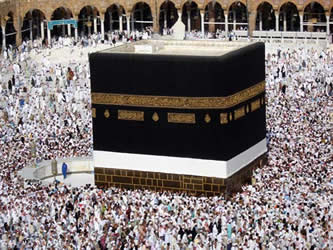Massacres and Genocide
People who deny the extermination of Jewish people by the Nazis in the Second World War typically say that there was no targetted programme of mass killing and that the numbers who died are grossly exaggerated and no higher than might be expected in a continent at war. Armenian genocide denial is somewhat similar. In fairness to the Turks, my understanding is that they do not deny that very large numbers of Armenians were killed by agents of the Ottoman Empire during the First World War, or that many of these victims may well have been non-combatants. I don't know if they accept the widely accepted estimate of 1,500,000 victims, but I think they agree that the numbers were very large. The Turks also talk, however, about Turkish and people of other ethnicities (e.g. Kurds) killed by Armenian rebels and so on, though I doubt they seriously claim that massacares of Turks and Kurds by Armenians were in the same order of magnitude as killings of Armenians by Kurds and Turks.
My understanding of the Turkish position is that they take exception to the word genocide, with its connotations of systematic and deliberate extermination. They point out that many Armenians in areas of the Ottoman Empire other than Eastern Anatolia (e.g. Istanbul itself) were not exterminated en masse (though they were subject to considerable persecution), suggesting that the regime was not hell-bent on the total elimination of Armenians. Analysis of the history of the first world war does, however, make plain that the Turkish leadership under Enver Pasha were determined to expel all Armenians from Eastern Anatolia, and were not too bothered if very few of the expellees failed to arrive at their expulsion destination if not actively determined to exterminate them all. I don't know if there is documentary evidence to prove a centrally directed campaign of mass murder, but the balance of probability certainly supports the idea that such was the regime's goal.
My own feeling is that genocide has become an overly emotive word, something like terrorism in that it is thrown at whoever you don't like this week. I don't think, however, that the Turkish government is doing itself any favours on this issue; their endless carping on definitions makes them look like a shifty plea bargainers. That said, pressurising Turkey on this point does not obviously seem to serve any purpose other than to strengthen the country's reactionary nutjobs, whose current project is to invade Iraqi Kurdistan.
The BBC has an interesting article on the history of Turkish attitudes to the Armenian mass killings: Turkey's Armenian dilemma
crossposted to Hunting Monsters
.jpg)
.jpg)
.jpg)

.jpg)
.jpg)
.jpg)





